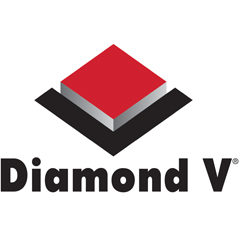TRENDING: LABELS Efforts to regulate use of dairy terms on plant-based imitation dairy products gained momentum in 2018.
In late September, FDA Secretary Scott Gottlieb pledged to prioritize the agency’s dairy food labeling oversight, opening a comment period on the use of terms like “milk” or “cheese” in marketing plant-based dairy alternatives, seeking to find out whether such labels were misleading consumers into thinking the products are nutritionally equivalent to dairy.
“Many dairy products, such as milk, yogurt and certain cheeses, have standards of identity established by regulation, which require certain components and ingredients in these foods,” Gottlieb said. “Names such as ‘milk’, ‘yogurt’ and ‘cheddar cheese’ have long been recognized by the American public as identifying the dairy foods described in the standards.”
The National Milk Producers Federation (NMPF), at the forefront of calling for “dairy” label regulation for decades, applauded the move.
NMPF CEO and President Jim Mulhern said a survey, commissioned by Dairy Management Inc. and conducted by IPSOS, showed 73 percent of consumers believed almond-based drinks had as much or more protein per serving than milk (milk has eight times as much protein), and 53 percent of those surveyed said they believed plant-based food manufacturers labeled their products “milk” because their nutritional value is similar.
Using Information Resources Incorporated (IRI) scanner data from 2015 to July 2018, American Farm Bureau Federation economist Michael Nepveux estimated market shares of dairy and plant- and nut-based beverages.
Although still dwarfed by fluid dairy consumption, plant-based product volume, value and share of the “dairy case” are on the rise. According to the analysis, more than $1.6 billion was spent on plant- and nut-based beverages sold in the dairy case in 2017. These sales were up $141 million, or 9 percent, from 2015 levels.
On a value basis, the market share of nut- and plant-based beverages has increased from under 10 percent in 2015 to over 13 percent through July 2018. During this same time, the market share of traditional milk beverages has dropped from over 90 percent in 2015 to under 87 percent in 2018.
With media reports suggesting an increase in the number of U.S. children suffering from nutritionally inadequate diets, milk labeling “is much more than a sideshow over whether consumers can tell the difference between an almond or a cow,” Mulhern said. Consumers deserve more respect than that – but the FDA needs to help them out by clearly distinguishing between true milk and water-heavy, nutrition-poor imitators, he said. ![]()

-
Dave Natzke
- Editor
- Progressive Dairyman
- Email Dave Natzke







